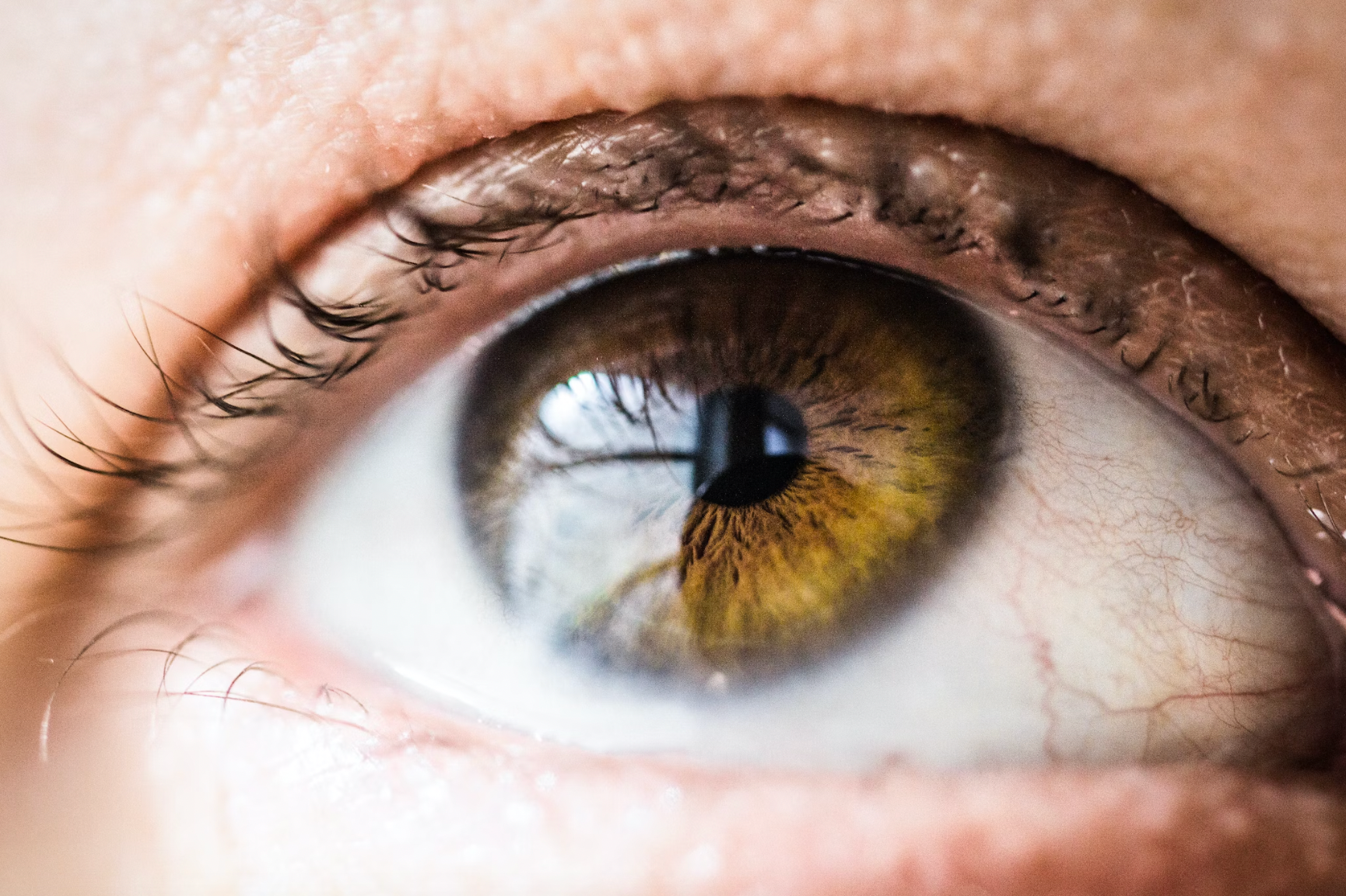News
Article
Research Shows Low Dose Atropine Links to Slowing Myopia Progression in Children
Author(s):
Two studies presented at AAO demonstrate that low dose atropine is associated with slowing myopia progression, but another study finds that this is not true. Thus, there are mixed results on this relationship.
Credit: Unsplash

Myopia, or nearsightedness, can be treated in children with an eye drop—low dose atropine—according to new research. The treatment will significantly slow the progression of myopia.1
Half of the population, globally, is expected to be nearsighted in 2050, and ophthalmologists are worried that children’s eye vision issues will worsen later in life and become uncorrectable. Myopia may lead to vision-threatening conditions like retinal detachment and glaucoma. Pediatrics have previously used stronger doses of atropine (concentration: 0.5-1.0%) to slow myopia progression, but the dose leaves side effects such as light sensitivity and blurry near vision.2 Thus, investigators wanted to see if lower atropine doses could be effective.
The 127th annual meeting of the American Academy of Ophthalmology (AAO) presented 3 studies on November 5th examining the relationship between myopia and atropine. Darren J. Bell, MD, of the Medical Center Ophthalmology Associates in Texas presented the Phase III CHAMP (Childhood Atropine for Myopia Progression), a landmark, 3-year, placebo-controlled international clinical study, which showed lose-dose atropine is effective in slowing progression in children aged 3 – 17 years old who live in the U.S. and European Union.1
“We found that low-dose atropine is suitable for all children with myopia, regardless of age, sex, race, iris color, or baseline spherical equivalent refraction,” Bell said in a news release. “These results are a major advance for myopia management and for the kids and parents who myopia impacts.”
The children had spherical equivalent refraction between -0.50 D to -6.00 D and either received daily low-dose atropine (31.6%) or placebo (21.3%). The study showed promise, and the FDA even accepted a new drug application for the investigational drug used in this study—the decision on the application’s approval is expected in January 2024.
Another study on myopia and atropine presented alongside Bell’s study showed low-dose atropine works best in children < 10 years old. The study was a pooled analysis of 187 children with myopia and were split up randomly into the nightly 0.01% atropine group or the placebo group for 2 years. The investigators believed that younger children with greater baseline myopia should be the focus of myopia control strategies. Like with Bell’s study, this one also demonstrated that race, sex, and iris color were not associated with how well atropine worked.
The third study presented at AAO was an extension of the LAMP trial, and it followed 257 children in China for 5 years, aged 4 – 12 years old. Children were treated with higher-dose atropine (concentration: 0.05%). The investigators found that a higher dose was effective, and by the 4- or 5-year follow-up, children could have as-needed treatment if they had a stable progression.
Despite the study’s findings, more research is needed on myopia and atropine. A trial conducted by Pediatric Eye Disease Investigator Group (PEDIG) showed mixed results, finding low-dose atropine eyedrops (concentration 0.01%) did not do a better job than placebo at myopia progression.2
“The overall mixed results on low-dose atropine show us we need more research,” said Michael F. Chiang, MD, director of National Eye Institute, in a National Institutes of Health news release. “Would a different dose be more effective in a US population? Would combining atropine with other strategies have a synergistic effect? Could we develop other approaches to treatment or prevention based on a better understanding of what causes myopia progression?”
References
- Growing Body of Research Suggests Low-Dose Atropine Can Help Slow Myopia Progression in Children. American Academy of Ophthalmology. 2023.
- Low-dose Atropine Eyedrops No Better Than Placebo for Showing Myopia Progression. National Institutes of Health. 2023. https://www.nih.gov/news-events/news-releases/low-dose-atropine-eyedrops-no-better-placebo-slowing-myopia-progression#:~:text=Much%20stronger%20concentrations%20of%20atropine,while%20on%20the%20nightly%20eyedrops. Accessed November 5, 2023.




